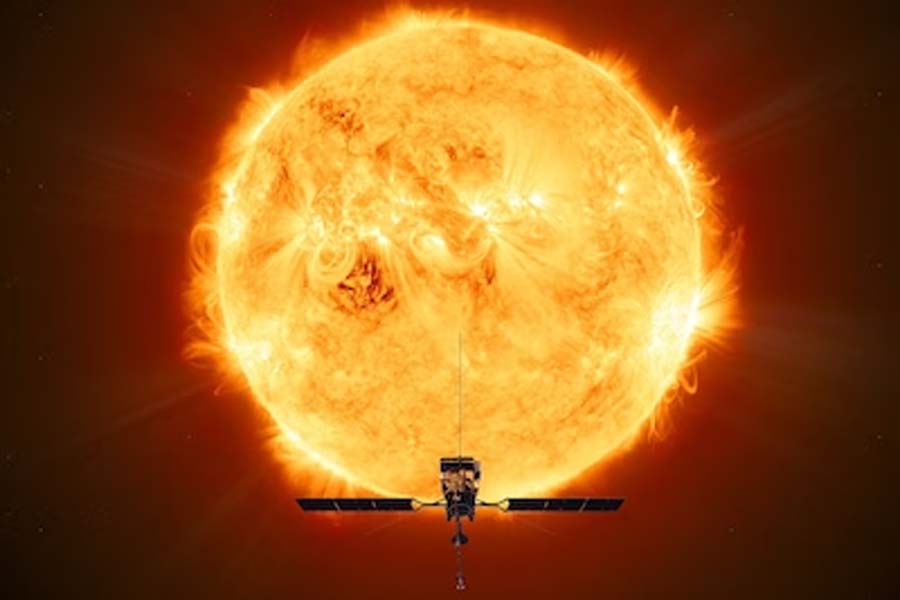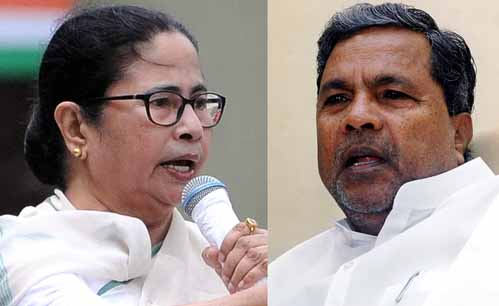ISRO To Launch Aditya-L1, India’s First Solar Probe, On September 2

After the successful Chandrayaan-3 launch on August 23, the Indian Space Research Organisation (ISRO) today (August 28) announced India’s solar mission, ‘Aditya L1’ will be launched on September 2, Saturday at 11.50 am. ISRO posted on X the details about the launch and also invited the citizens to witness the launch from the launch view gallery at Sriharikota. Notably, Aaditya L-1 is the first space-based Indian observatory to study the Sun.
ISRO also posted four photographs about the Aditya L-1 program on X and explained the trajectory, distance, spacecraft related information, and the major science objectives of the Mission. Among the specific objectives of the Aditya program the basic purpose of the mission is to ‘get a deeper understanding of the Sun’, said ISRO in the post. The total travel time of L1 to be launched by PSLV XL rocket would be about four months, after crossing a distance of about 1.5 million kilometers from the Earth, about 4 times farther than the Moon.
What does the Aditya L-1 Mission entail?
Aditya-L1 is the first space-based observatory-class Indian solar mission to study the Sun. The spacecraft is planned to be placed in a halo orbit around the Lagrangian point1 (L1) of the Sun-Earth system, which is about 1.5 million km from the Earth. A satellite placed in the halo orbit around the L1 point has the major advantage of continuously viewing the Sun without any occultation/eclipse. This will provide a greater advantage of observing solar activities continuously.
The spacecraft will carry seven payloads to observe the photosphere, chromosphere, and the outermost layers of the Sun (the corona) using electromagnetic and particle detectors. Using the special vantage point of L1, four payloads will directly view the Sun and the remaining three payloads will carry out in-situ studies of particles and fields at the Lagrange point L1. The suit of Aditya L1 payloads is expected to provide the most crucial information to understand the problems of coronal heating, Coronal Mass Ejection, pre-flare and flare activities, and their characteristics, dynamics of space weather, study of the propagation of particles, fields in the interplanetary medium, etc.
















